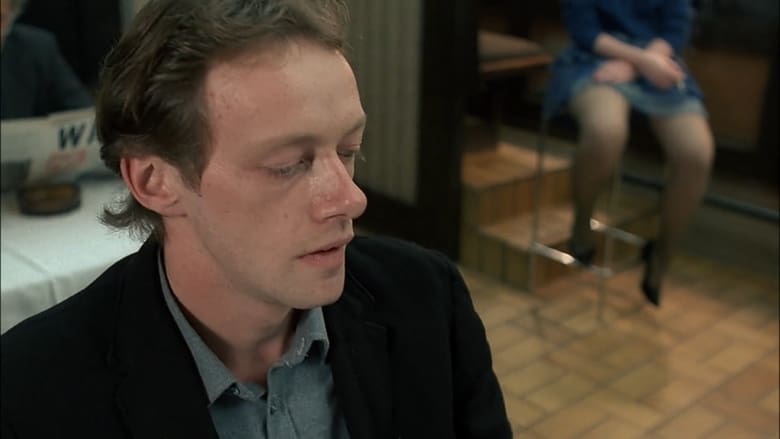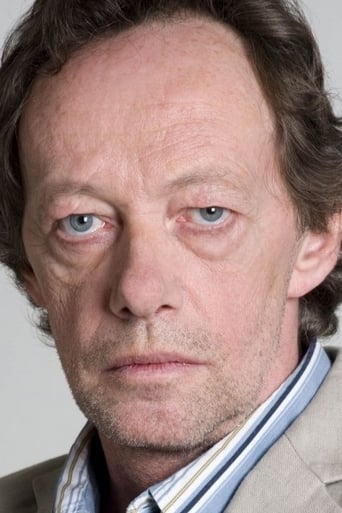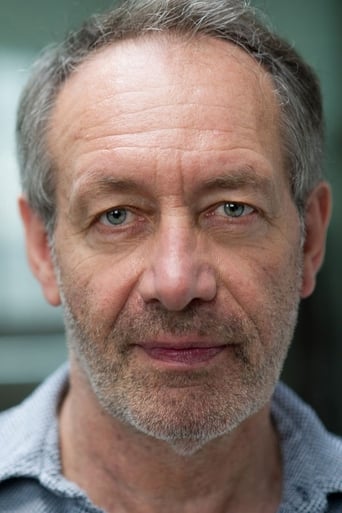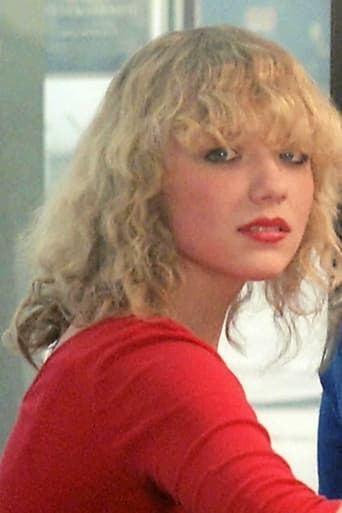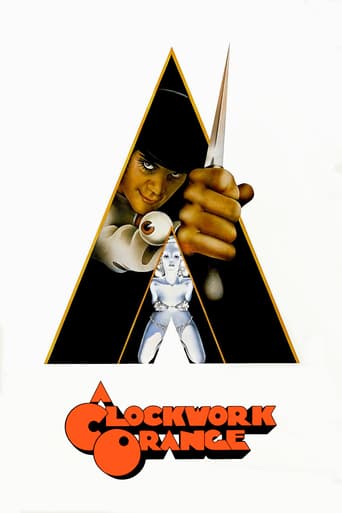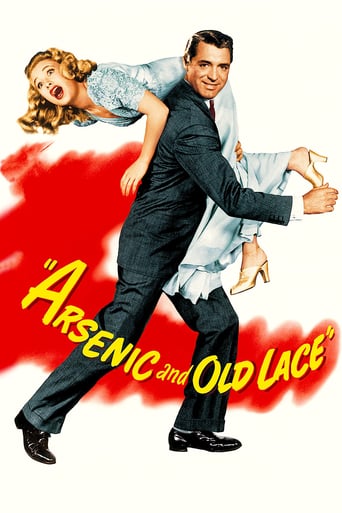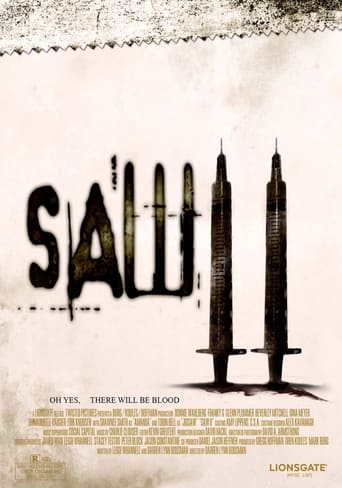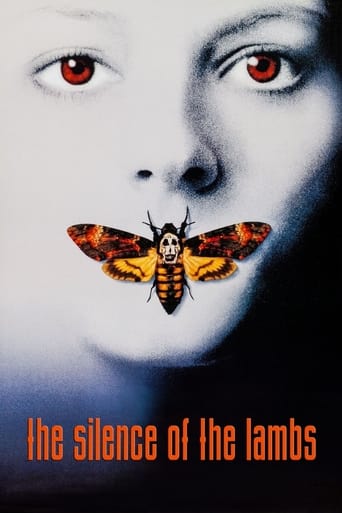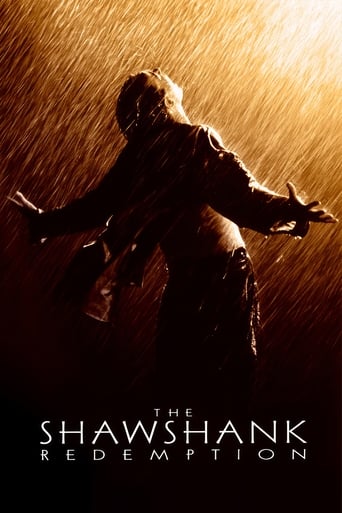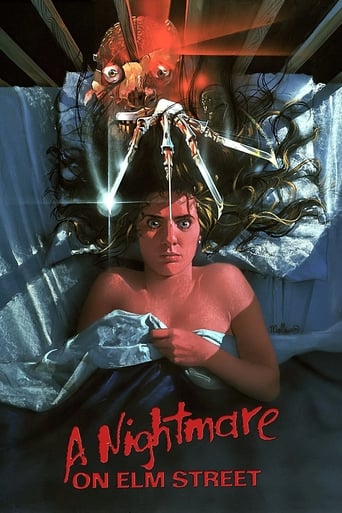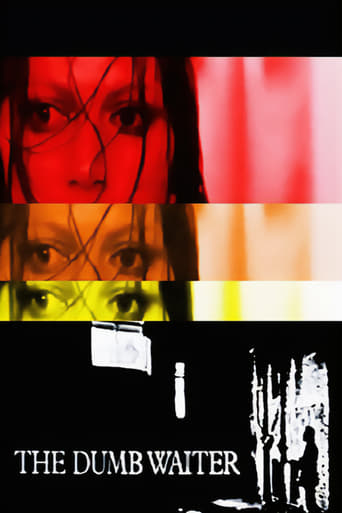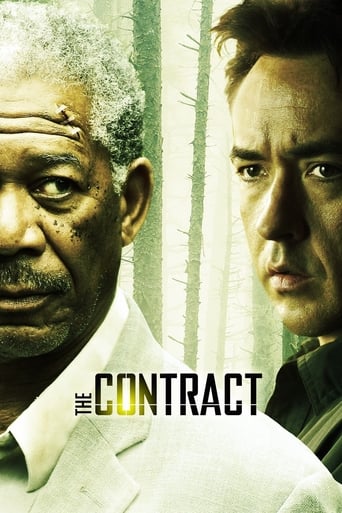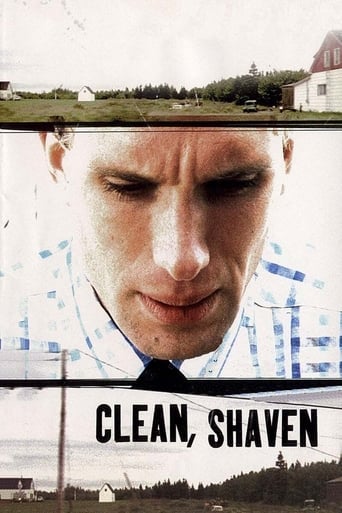Angst (1983)
A killer is released from prison and breaks into a remote home to kill a woman, her handicapped son and her pretty daughter.
Watch Trailer
Cast


Similar titles
Reviews
In truth, there is barely enough story here to make a film.
This is one of the few movies I've ever seen where the whole audience broke into spontaneous, loud applause a third of the way in.
While it doesn't offer any answers, it both thrills and makes you think.
Each character in this movie — down to the smallest one — is an individual rather than a type, prone to spontaneous changes of mood and sometimes amusing outbursts of pettiness or ill humor.
This isnt the sort of horror I like. It was very realistic, graphic, and suspenseful. The actor did a good job of capturing what I think someone like that would be like. It was disturbing but I kept watching to see how it would end. I wouldnt watch it again.
This was easily the most difficult movie I've ever watched. I don't do this often since this is a horror movie blog and I think people should expect some level of fear and disgust while reading about or watching these movies, but this one is on a whole 'nother level, so if you are squeamish or disturbed by murder or horror at all, be amply warned.It's loosely based on Austrian serial killer Werner Kniesek, who tortured and killed a family of three while he was on parole, and it contains real-life quotes from both him and other killers such as Peter Kürten (also known as The Vampire of Düsseldorf or the Düsseldorf Monster, who committed a series of murders and sexual assaults in Germany in 1929). It's not a very well-known movie, but it's thought by many to be hugely groundbreaking and influential, particularly for Gaspar Noè (Irreversible, I Stand Alone), who has cited his fascination with the movie on more than one occasion (and has apparently seen the film many times, which I just do not have the stomach for).The film follows a recently released murderer (known only as The Psychopath in credits and played by Erwin Leder in one of the single most disturbingly convincing roles I've ever witnessed) on his first day back in society. There is almost no dialogue throughout the movie, just narration that is meant to be the killer's own thoughts and beliefs (again, real quotes from actual killers are used), and between learning about his background (so much abuse, neglect, previous crimes, and another killing) and his desires, it's obvious that there's nothing else on his mind but finding victims. One of the very first scenes shows the brilliance of cinematographer Zbigniew Rybczyński as Leder walks with a mounted, rotating camera so we can see him from all angles — just one of many amazing techniques used, but the entire film has this quality of feeling much bigger than you'd expect, more expansive, and definitely more disorienting.But really, I can't overstate how much my skin crawled throughout the entire movie. Again, I am no novice to horror. I have seen and read many disturbing things. THIS is just impressively in a league of its own. One of his stops along the way is at a small diner, and there's a scene where it's just an intense closeup of him eating a sausage with his bare hands while he leers at two young women down the counter from him and woof. It is rough.One of the most striking things to me is just how frantic he is. I think many movies portray killers as cunning, smooth, strong ultimately, in control. The killer in Angst is not ANY of these things. He is wild and unpredictable, sweaty and desperate. He's awkward. It's painful to watch. He is driven by something so deep within him that it's all that occupies his mind. He's uncoordinated, spontaneous, and clumsy.His entire experience at the house is disorganized and chaotic. Each killing is a bit different and difficult to watch in its own way, but the most stomach churning for me was the daughter. You just legitimately feel like you're watching a real murder, that's how stark and realistic the whole thing is. They used pig's blood rather than fake blood to add to the authenticity, and damn, it worked."I was determined that this all was only the beginning. I wanted to live out my fantasies. At that moment, I didn't care where that would lead. I didn't think about it at all. I wanted to get new victims as soon as possible. I was crazy about it."You hardly see anyone else in the entire movie (aside from the other customers at the diner) which really adds to the sense of isolation. You're really just alone with the killer and his thoughts, which is a scary place to be. The score, done by Klaus Schulze of Tangerine Dream and Ash Ra Tempel, adds wonderfully to the unease.There's also the family's small dog — a chubby little dachshund — that makes reoccurring appearances throughout the film in the most subtle but disturbing ways. It waddles in and grabs the old woman's dentures after a struggle. It trails behind him as he finds an outfit to wear when he leaves the house. It hops in the car as he heads into town to find his next victims. The ENTIRE MOVIE you're stressed about the fate of this dog. After all of the inhuman acts you witness and all of the completely warped thoughts you hear, you're just thinking "please don't let me watch him kill that dog, too". But he doesn't. That dog is his ride or die. But man, the suspense that is caused from such a simple, understated move brilliant.He clumsily cleans up the crime scene — well, he gathers the bodies into the trunk of the car, anyway — and heads back to the diner for round two, where he is swiftly caught (after another skin-crawling sausage consumption). The deadpan narration lets us know that he was found to be of sound mind and aware of his crimes, and sentenced to life in prison. It's a perfect, sudden ending to a movie that ultimately spends no time making judgments or assuming emotions or motives. It does not exist to speculate or to consider. It just IS, in all of its horror, and as difficult as it was to watch for all of its honesty and rawness, it really is impressive and worth a watch if you truly feel up for the challenge.
Word on the street is this is a super intense, gruelling, claustrophobic serial killer film. They're not lying. But it's important to get to note why, especially in this case: why this type of violence enthralls so much? And I mean apart from any particular on-screen nastiness. More virulent films have been made, much nastier. Why this fascinates is a completely different beast than say, something like Hostel. It's the easiest thing to make us cringe and shy away, but to fervently want to keep watching?The popular opinion is this works so well exactly because of how contained and straight-forward. There are no distractions from the concentrated moment we first encounter: a inmate giving himself a shave on his day of parole. There are no allusions to anything else but private madness and nothing to escape to for comfort or respite, except perhaps sheer exhaustion. This man is going to go on a crime spree again as soon as he's out of prison, we can tell this much. We can tell it's going to unravel the way we secretly hope it does.Well, this is fine and makes some sense. But doesn't adequately explain to my mind. No, why this works so viscerally - and ties in with other interests of mine in film - I believe has all to do with the cinematic eye.Now most films operate on the assumption that you want to experience a world as real as possible. Every advance in cinematic technology - sound, color, the recent fad of 3D - is a step in that direction. We want to escape more vividly and more urgently than ever. And what most films do to abet that escape is to let loose a few threads of story and place, hopefully open enough if we are in caring hands, that we can be trusted to attach ourselves from own experience. The tighter the weave of the threads from that point on, the closer we are lassoed to the cinematic world. Editing and camera are assigned invisible ways; they have to work without us getting to notice.The Soviets changed all that very early in the game. Here a very world was assembled by the eye. There was no story, it was all a matter of calligraphic (dynamic overlapping) watching. Welles, and less famously Sternberg before him, unpacked these notions by letting it fall on the eye of the camera to join fragments together.(this particular eye was first conceived by the Buddhist but that's another story altogether).Now this is rumored to be the DP's project working under an alias, a Polish man who knows the camera. The opening shot exhibits masterful knowledge of Welles; a crane shot that establishes location by joining together many different planes of perspective. It would have been a film to watch with just this mode, that others like Argento and DePalma exercised in adventurous flourishes of spatial exploration.It's actually a little more elaborate than that. We have two eyes instead of the one. The first is the killer's eye, tightly screwed and always at eye-level as he prowls around. Interior monologue plays out in voice-over, itself taken from the diaries of an actual killer, and meant to recast everything as internal space: victims are an invalid, an old woman and her daughter, each one mapping to a person that deeply wounded in the past as we find out. So we have exceedingly tormented soul spilled out and contorting physical space, very much like Zulawski practiced. Another Pole, another piece of the puzzle.The second eye you will notice is always mounted on a crane and pulled upwards in steep ascends. A bird's eye far removed from human madness, which is the Buddhist eye of woodblock prints. To the film's credit, and this is a lot of its power for me, it remains abstract enough that we may use this perspective as we are inclined: is it a godless and uncaring or a merciful eye, pulling us from the carnage or skipping to the next?
"Angst" seems to have picked up some interest since Gaspar Noe singled it out for praise. It is more interesting than Noe's pretentious films, but fall far short of being a lost masterpiece. The plot is simple as a killer released from prison feels an unbearable urge to kill again, eventually picking on a family in a large house in the woods. There is very little dialogue but a voice-over by the killer provides his background, unfortunately rather than providing an insight into his mind this is mostly sub-Freudian gibberish (not surprising in an Austrian film, and yes he does blame his mother!). Erwin Leder has been praised for his role but really all he has to do is look bug eyed for most of the film. Kargl shoots the film informatively but he lacks any narrative skill and completely mishandles the killings - they look more laughable than anything. The only scene that develops any tension is early on in a café and involves eating a sausage!. That Kargl never directed again is really no surprise. To sum up an interesting one for exploitation fans but not really worth seeking out for anyone else. (True crime fans may note that some elements of the film are similar to the later case of Jack Unterweger).


